International Standards:
- ASME B16.5(U.S. Standard):Class 150, 300, 600, 900, 1500, 2500
- EN 1092-1(European Standard): PN6 to PN100.
- JIS B2220(Japanese Industrial Standard):5K to 40K
- GOST 12820-80(Russian/CIS Standard): 0.1 MPa to 2.5 MPa
- SABS 1123(South African Standard): PN6 to PN40.
- DIN 2573 : PN6 to PN40.
- BS 4504(British Standard): PN6 to PN40.
Pros:
- Complete Isolation: Provides a leak-proof seal for system isolation during maintenance or repairs.
- High Pressure Tolerance: Suitable for extreme pressure systems (e.g., Class 2500 in ASME).
- Versatility: Compatible with all flange types (e.g., weld neck, slip-on) and materials (carbon steel, stainless steel).
- Reusability: Can be removed and reinstalled for future system modifications.
- Cost-Effective Testing: Used for hydrostatic or pneumatic pressure testing of pipelines.
Cons:
- No Flow Capacity: Blocks fluid/gas flow, making them unsuitable for operational connections.
- Weight and Space: Heavy and bulky for large diameters, requiring additional support.
- Installation Complexity: Requires precise alignment and bolt tightening to prevent distortion.
- Material Waste: High material usage (solid disc) compared to other flange types.
- Risk of Over-Tightening: Excessive bolt torque can damage the sealing surface.
Description
A Blind Flange is a solid disc used to seal the end of a pipe, valve, or pressure vessel opening. It has no central bore and is bolted to a mating flange to isolate the system temporarily or permanently. Blind flanges are essential for maintenance, testing, or future expansion of piping systems.

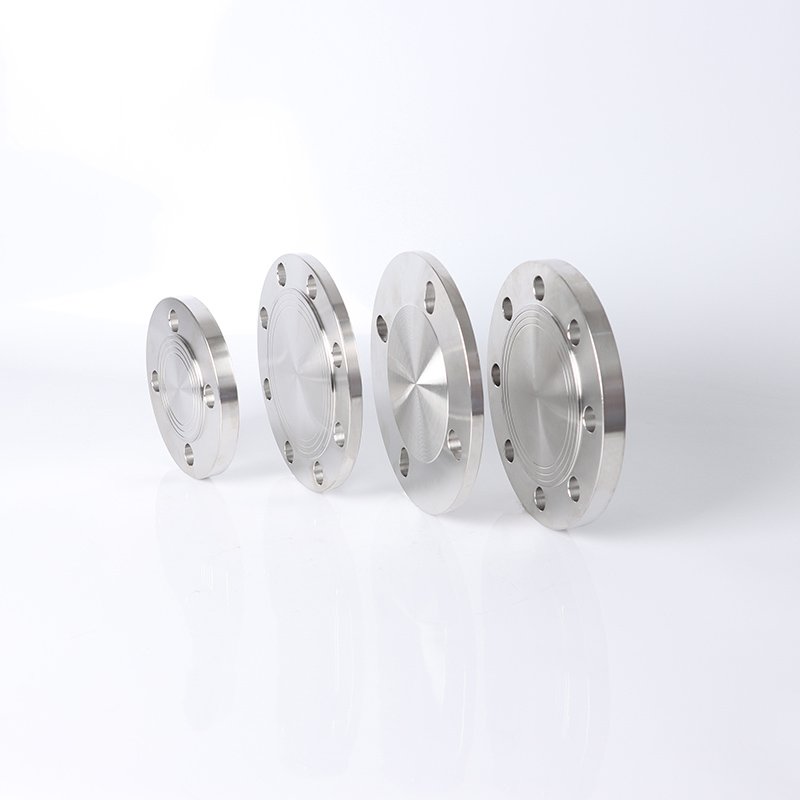
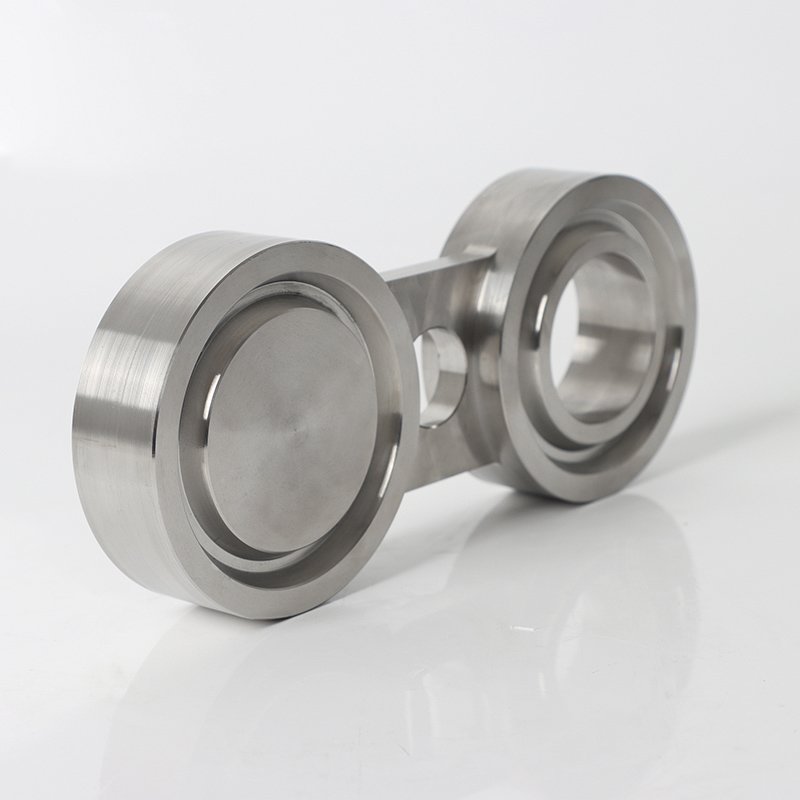
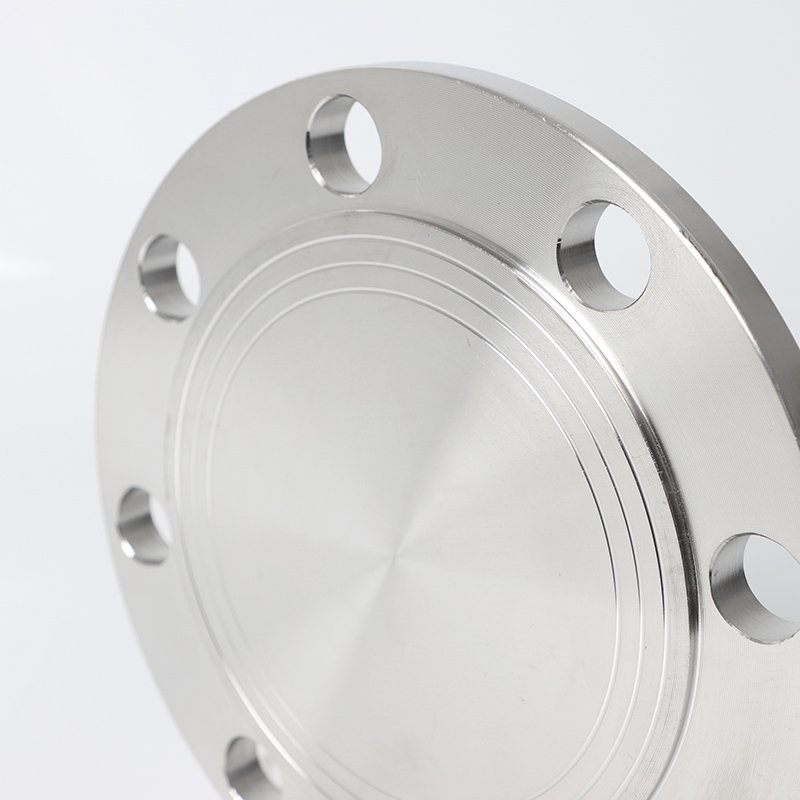
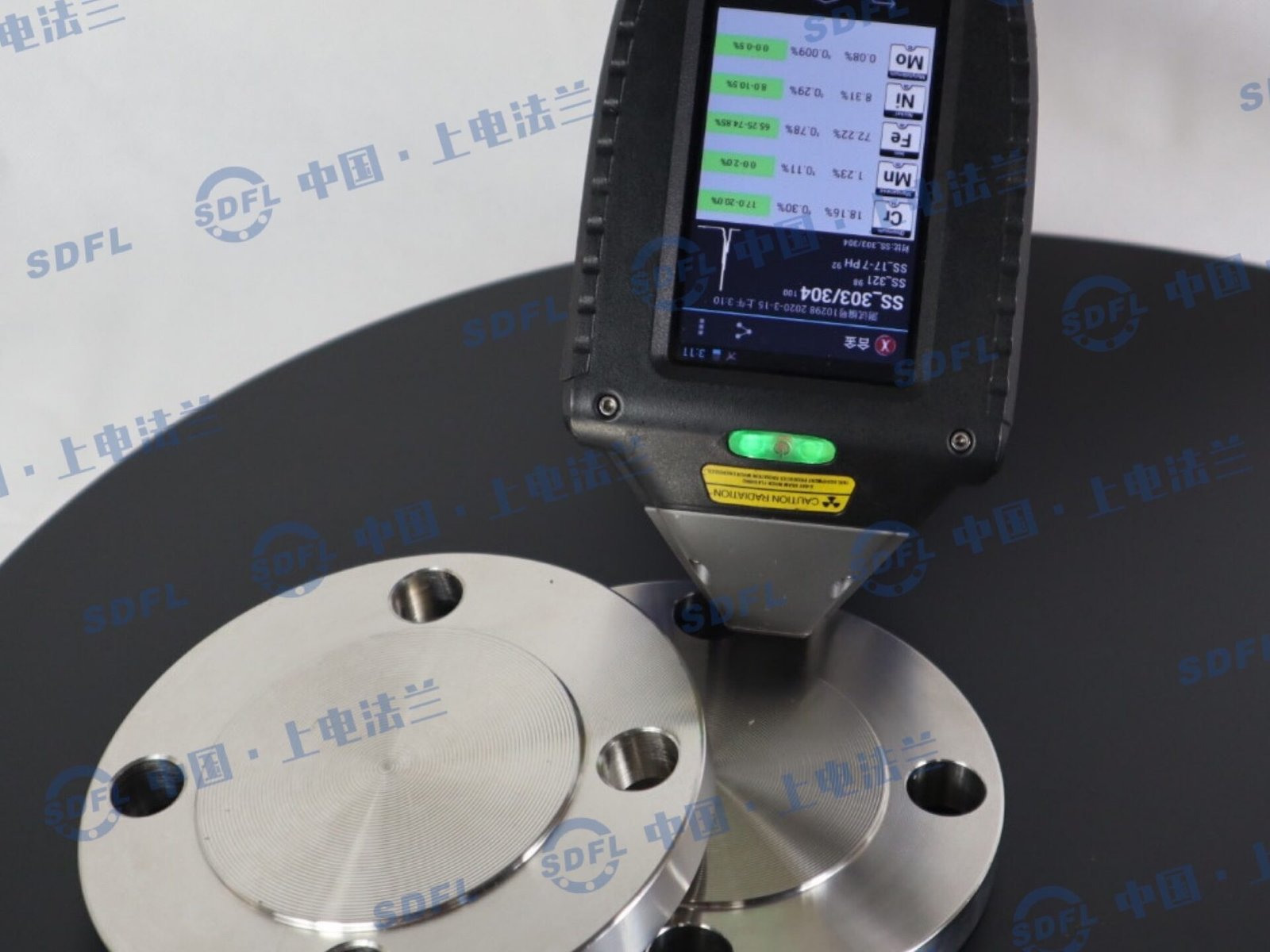
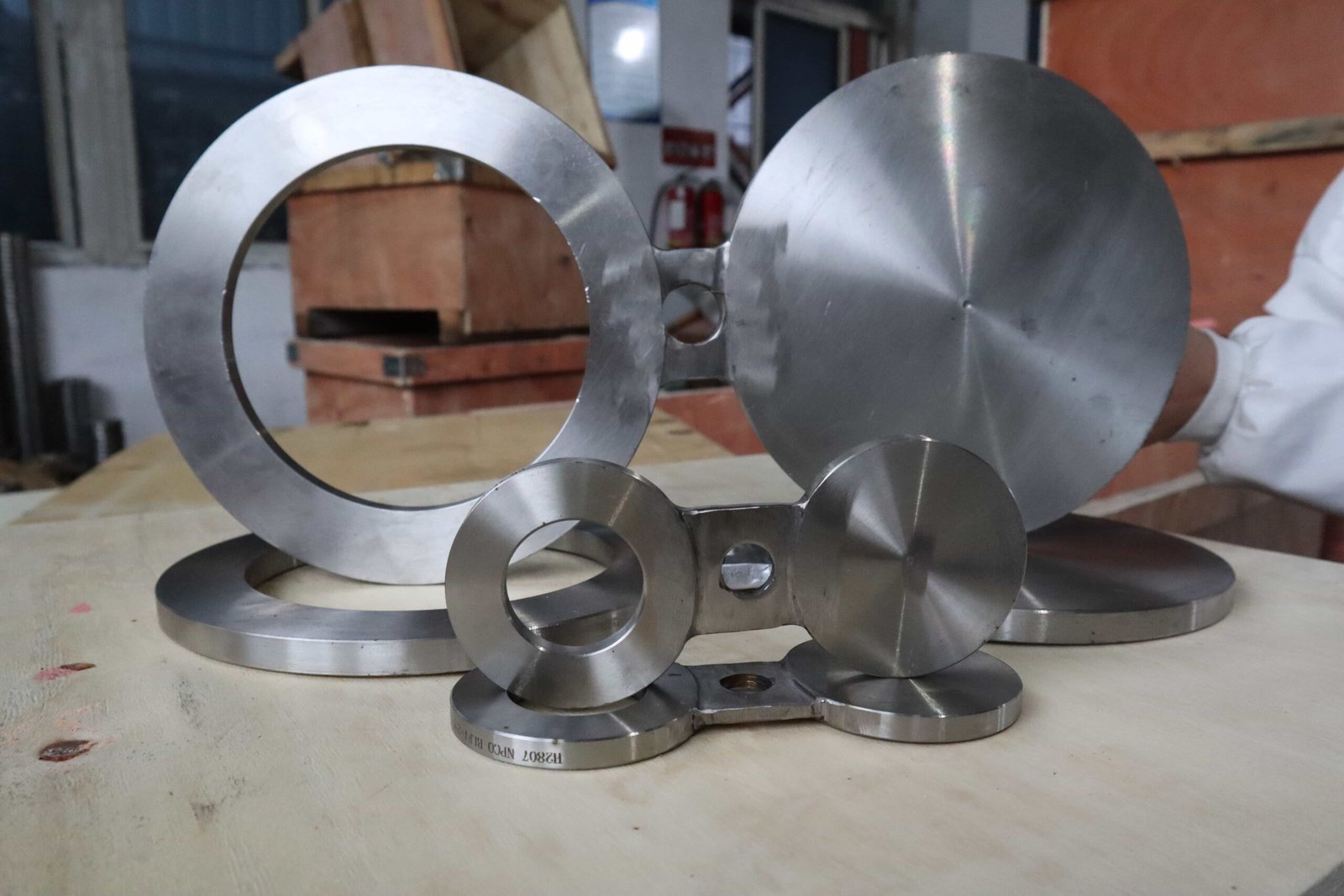
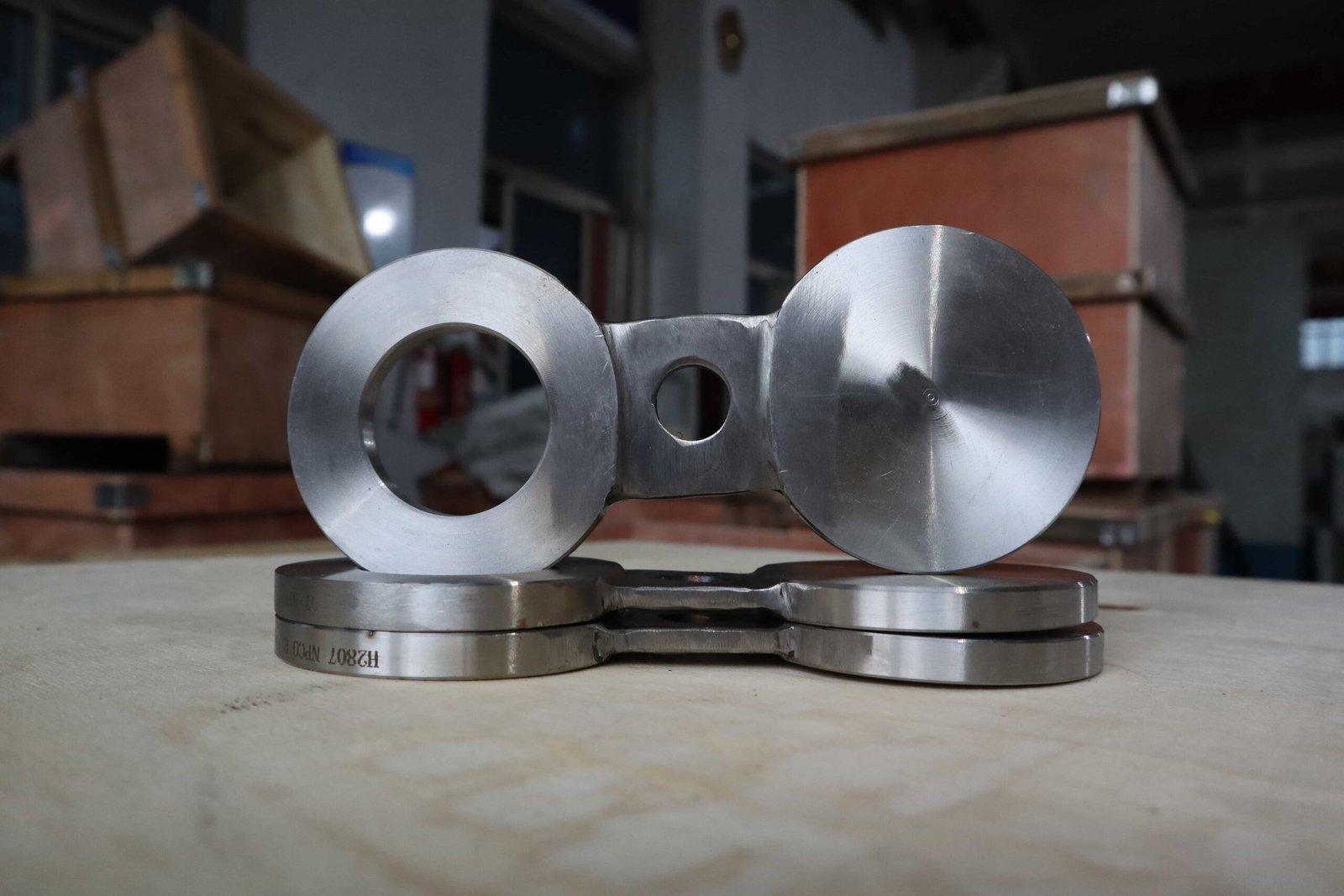



M –
Their ‘on-time or free’ guarantee convinced us. 200+ flanges arrived 2 days early with full EN 10204 3.1 certificates. The after-sales team still checks in quarterly.